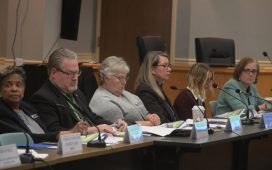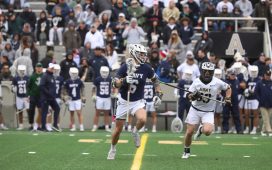Scientists in Belgium and the Netherlands have discovered that abnormalities in the navicular bone that cause lameness may not be related to trauma — some may be genetic. Partitioned navicular bones are often confused with fractures and assumed related to wear or injury.
Drs. Ellen van der Zaag, Erik Weerts, Antoon van den Belt and Willem Back documented three cases of navicular bone partitions whose sections are defined by defects in the bone, covered in smooth cartilage and vary from full separation to shallow indentations. Each was discovered when the lame horse had X-rays taken.
These abnormalities aren’t injuries, the researchers note: they are present at birth and could be seen if X-rays were taken before the horse became lame. The researchers believe that these areas are caused by a disturbance in blood vessel arrangement as the bone transforms from cartilage to bone. The partitioning typically develops in two specific areas: one-third of the width of the bone from either end, where blood vessels converge.
The partitions in the bone weaken it. As a horse grows and enters work, these partitions may develop cysts as damaged areas begin to die, making the horse lame. If the condition is found before the horse becomes lame, then corrective trims and shoeing, restricted exercise, and nonsteroidal anti-inflammatory use may help preserve the horse’s soundness.
However, the prognosis for soundness is poor even when these tactics are employed. A neurectomy, where the nerve is surgically severed, isn’t recommended as it would accelerate cyst formation and increase fracture risk.
Read more at EQUUS magazine.
New to the Paulick Report? Click here to sign up for our daily email newsletter to keep up on this and other stories happening in the Thoroughbred industry.
Copyright © 2021 Paulick Report.








